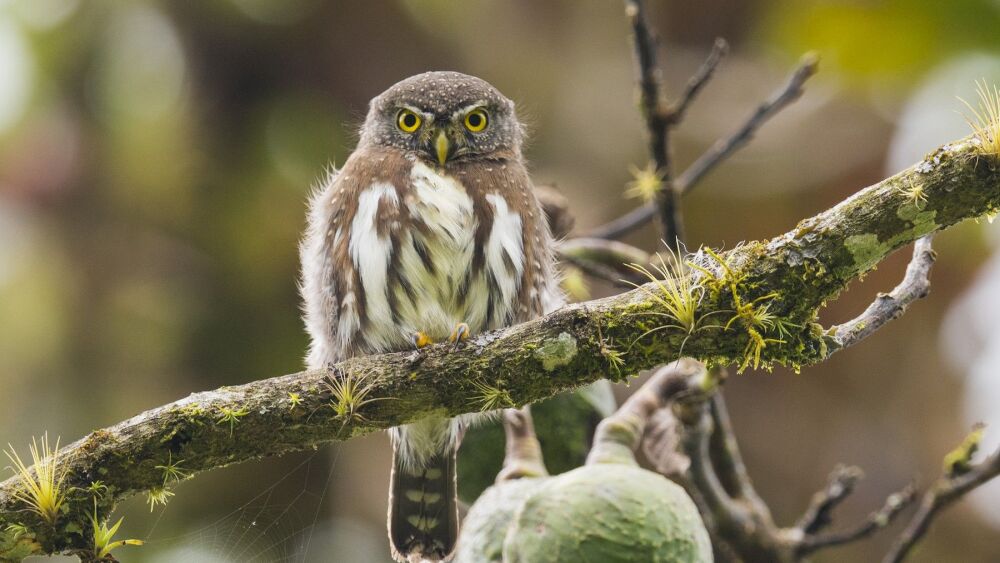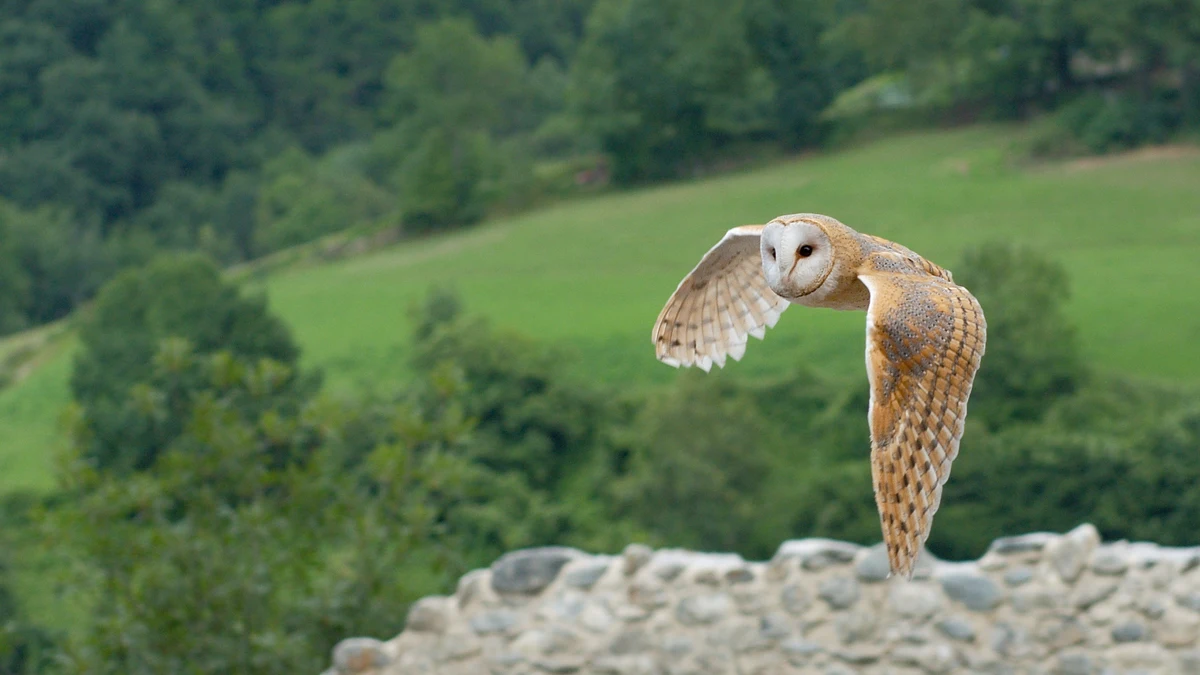The common barn owl is in trouble. From the species’ situation, it has become an unlikely symbol of international cooperation. It even managed to bring together Israeli and Arab scientists, historically at odds.
Experts from 12 nations gathered in Greece last week to address an initiative to help this predator. The research began decades ago as an unlikely collaboration between Israel and Jordan.
The common barn owl in trouble: what’s happening with the species
The bird, with a unique face shaped like a moon, is a ruthless pest controller that protects crops from rodents and other nuisances around the world.
 What’s happening with the barn owls.
What’s happening with the barn owls.
Due to urban development and other issues, the habitat of barn owls has been deteriorating for years, alarming the scientific community.
One example is modern construction techniques that eliminate hollows and crevices that host their nests. The population has decreased significantly, raising concerns about the consequences.
“A pair of common barn owls consumes between 2000 and 6000 rodents each year, allowing farmers to stop using pesticides,” reported Yossi Leshem, emeritus professor at the School of Zoology of the University of Tel Aviv.
This issue created a bond between scientific communities from countries with a long-standing historical conflict.
Conservation initiatives
Conservation initiatives seek to protect the common barn owl from urban expansion by creating networks of artificial nests. Normally, this is done with modified plywood boxes, reducing the use of pesticides and rodenticides that can poison predatory birds.
Leshem started the nesting project in Israel in the early 1980s on a communal farm. The initiative grew to become a “national project with 5000 boxes in Israel and collaborations in Jordan, Palestine, Cyprus, and Morocco,” he explained.
In 2002, Leshem collaborated with retired general Mansour Abu Rashid to bring the boxes to Jordan. Abu Rashid helped expand the project’s monitoring system to Jordan, using lightweight radio transmitters to track the birds.
“Common barn owls don’t know borders; they fly between Jordan, Palestine, and Israel,” Leshem said. “They symbolize cooperation.”
The region, located at the intersection of long-distance migratory routes, is critical for the conservation of birds of all kinds.
Arab and Israeli scientists have maintained their collaboration during periods of tension and war, including the current conflict in Gaza. When necessary, they switch to online meetings and talks at international conferences.
According to conference officials, the main impact of the war on the barn owl program so far is the extensive amount of land destroyed in Lebanon. Nesting areas and boxes near the Israeli border were burned.
Superstitions
Another challenge was overcoming deep-rooted local superstitions about barn owls. In the region, birds are often considered omens of bad luck.
“We started awareness programs in schools and universities, involving local communities. We engaged women’s associations because they influence families and communities,” explained Abu Rashid.
Like Leshem, Abu Rashid says that science offers unique opportunities to foster collaboration, even among adversaries.
Rashid, former head of Jordan’s military intelligence and a high-level negotiator in the peace agreements between Jordan and Israel in the mid-1990s, dedicated his post-army life to peace initiatives.
 The common barn owl, in danger.
The common barn owl, in danger.
This is how barn owls are
Common barn owls also have nearly total vision, as their heads can rotate up to 270 degrees. Their eerie screeches, unlike the softer hoots of other owls, contribute to their reputation as formidable predators.
According to biologists, barn owls are very light, bold, and have sharp hearing. Although there are around 18 species distributed worldwide, weighing between 224 and 710 grams.
Their lifespan in captivity can reach 25 years, while in their natural habitat, they only live for about 11 years.
Do you already know our YouTube channel? Subscribe!

